All termites infest wood, but they have their own preferences. For instance, drywood and dampwood termites are attracted to moist and dry wood whereas subterranean termites like any wood that’s in contact with the ground, as well as moist soil.
Termites can cause widespread property damage. In many instances, they can consume two pounds of wood every day, leading to severe damage at home. In addition, they can aggravate mildew and mold growth, triggering allergies in homeowners. Although their bites aren’t toxic, termites may also cause discomfort and skin irritation.
The variety of termites that can infest a property makes it even more complicated. If you want to remove these pests from your property, you’ll need to know the different termite species, as each has a different preferred location and means of removal. Read on to learn about how you can get rid of different types of termites.
1. Identify The Type
In most cases, you’ll need to call a termite control professional to help you since they have the tools, materials, and skills to take care of the job well. For example, Fulcrum Pest Control offers baits and spot treatments.
However, before eliminating the insects, you should identify the types of termites dwelling on your property. For some ideas, here are some of the common termites found in the country:
- Formosan Termites
This type is known to build massive and thick-walled underground nests. They are aggressive and voracious, thus consuming wood quicker than other species. Formosan termites are pale yellow to brownish-yellow. Most of them usually have translucent wings covered with thin hair.
- Subterranean Termites
This type is known to build large nests. Mud tubes often connect these nests to food sources, such as trees and structural wood. Subterranean termites may thrive in ordinary soil and desert-like environments. Many of them have dark brown and black colors and are generally half-inch long. One of the signs that these termites start living on your property is their shed wings near structural timbers.
- Drywood Termites
Contrary to other termite environments, drywood termites don’t need soil to survive, as they can dwell on dead trees and structural timber. If ignored, they can damage your hardwood floors, and wheelbarrow storage albeit at a slower rate because they usually have smaller colonies. These pests have cream-white or light brown colors and have oval-shaped waists and short antennae.
- Dampwood Termites
These termites typically thrive in a moisture-rich environment. They don’t necessarily need soil to survive but can also dwell in these spaces. They can be reddish-brown and light brown and can grow up to a three-fourth inch.
2. Choose An Appropriate Solution
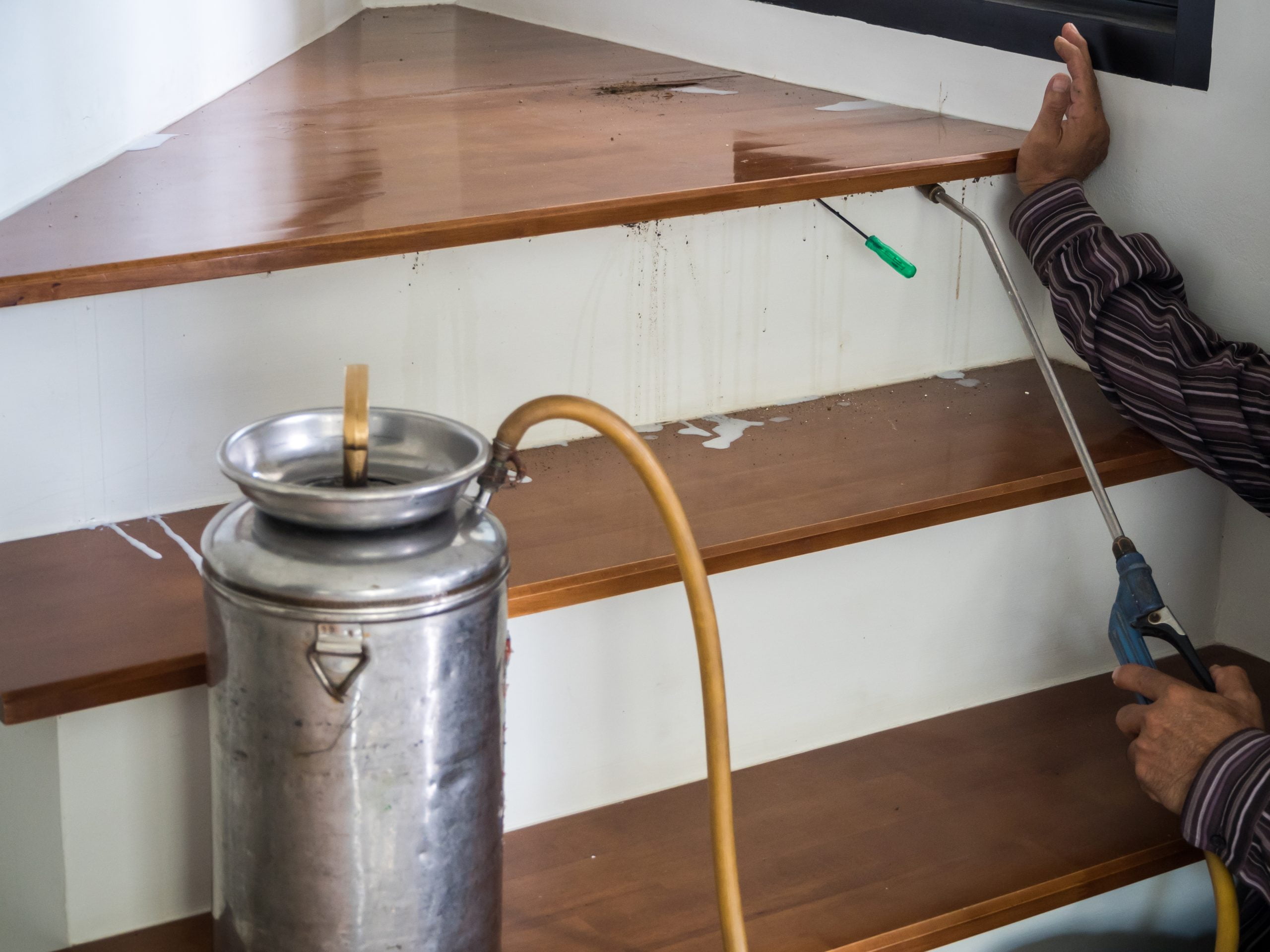
If you’re looking for ways to treat subterranean termites, choose between applying liquid repellents and installing termite bait stations. Moreover, you can use termiticides containing fipronil and hexaflumuron around your property to prevent termite spread and escape.
If you notice swarms of Formosan termites, you can install termite bait stations. Since they have protective barriers, consider inspecting and puncturing the nests and suspected areas by using a screwdriver before injecting a liquid termiticide.
For drywood termites, select between applying borate wood treatment and filling in the infested wood with termite aerosol treatment. Additionally, you can fumigate your suspected rooms with solutions enriched with sulfuryl fluoride.
To get rid of dampwood termites, install generic termite bait systems or sprinkle borax powder over the affected wood. Mix borax powder with water and spray it all over the damaged area. Ensure that you dry up the wood, as moisture attracts these termites.
3. Keep The Spaces Clean And Dry
Because most termites flourish in soil and wet environments, you need to keep your termite-prone spaces clean and dry. Treat the soil near your property with high-quality termiticide to prevent the return of termites.
If your area is prone to dampwood, you need to ensure that your crawl spaces are dry and that your drains are empty. If your hardwood flooring keeps getting wet, wipe it dry immediately to prevent moisture buildup.
4. Install Post-Treatment Termite Barriers
Furthermore, install chemical termite barriers to barricade the access of termites to wood and soil. You can build a concrete physical barrier between wood and soil too, so termites will find it challenging to move, transport, and consume wood or build nests from place to place.
Once signs of infestation show up, remove the early termite dwellers from the spaces right away. But you can opt for organic termiticide if you prefer eco-friendly products. For a homemade termite treatment, mix a half cup of white vinegar with four tablespoons of lemon juice in a spray bottle. Then spray the solution to any areas where the pests show up.
Wrapping Up
Many termite control products are available in the market today. However, before you buy one, you’ll have to identify the type of termite dwelling on your property. This way, you’ll apply appropriate termite solutions to solve your termite problems quickly and better. When in doubt, you can always ask seasoned termite control contractors for help.

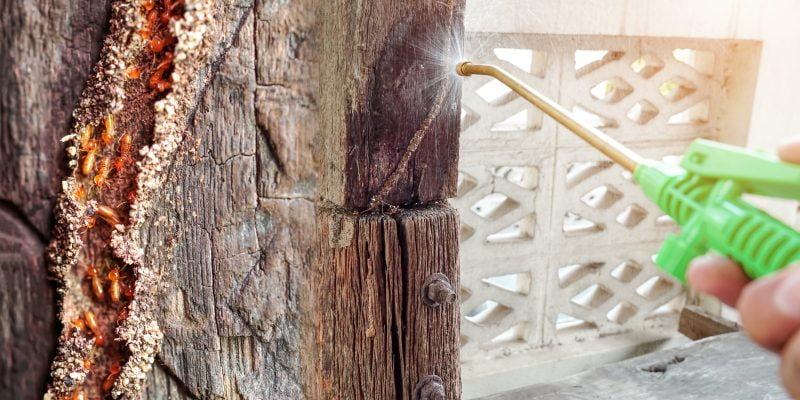


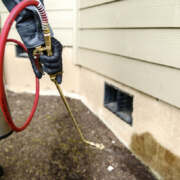


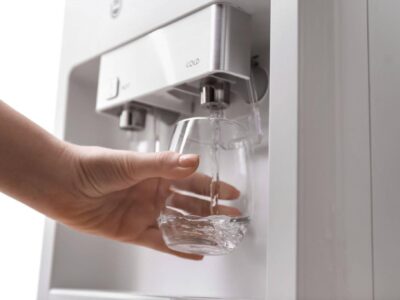

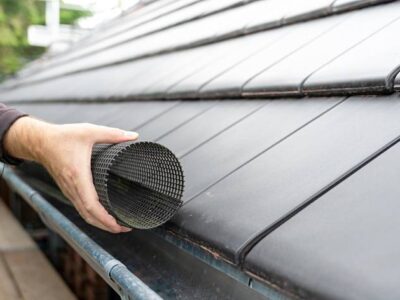
Comments